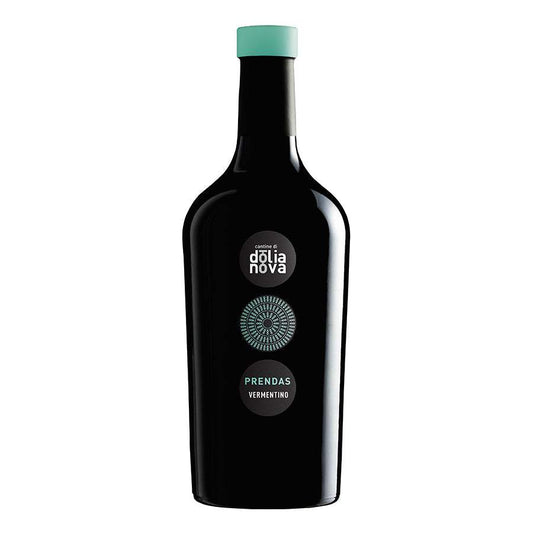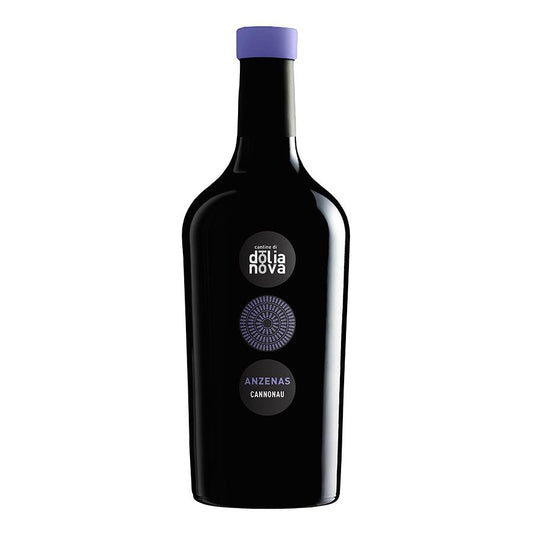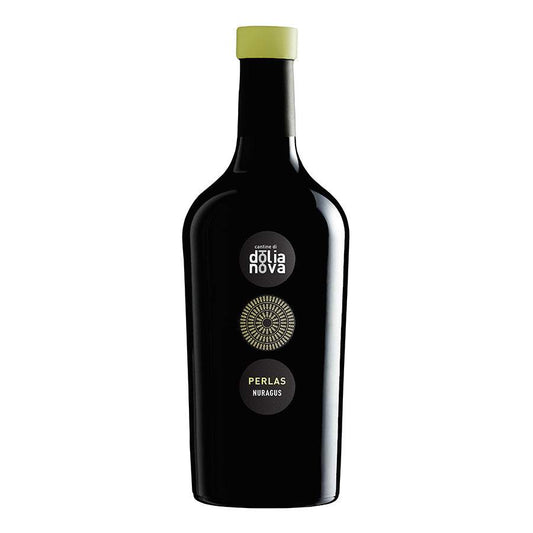Our Island

-
If you like Italian wine you'll love Sardinia -- even if you've never tasted a drop of wine from this Italian region.
The Sardinia wine region, located off the coast of the Mediterranean, is the second-largest island in Italy, after Sicily.
With a resurgent focus on its native grapes, the region produces reds, whites and rosés with several Denominazione di Origine Controllata (DOC) and one Denominazione di Origine Controllata e Garantita (DOCG) wine. These literal seals of approval signify that quality wines are emerging within the Sardinia region.
If you fancy wine in the least, you should thank your lucky stars for Sardinia.
In 2004, researchers discovered the remains of vines and sediment that they were able to date back more than 3,000 years to 1200 B.C. It had been widely accepted that early wines and vines were imported from Mesopotamia, according to gene traces and tests performed on the Sardinian vines. DNA testing proved that the found grapes in Sardinia are the oldest in the world.
This means that, unlike most other Italian regions -- whose vines were imported in by the Greeks or Romans when each area was conquered -- Sardinia led the pack. The oldest wine was, in fact, produced in Sardinia and later transferred out of the region to Mesopotamia. For years and years Mesopotamia stole the spotlight and the credit, but Sardinia is finally getting its due. So if you're picking up a glass of vino, thank the wine gods that the island of Sardinia produced grapevines.
-
Agriculture
The island of Sardinia consists of very hilly land, with the inclusion of some mountains and plains. The Sardinia wine region contains a fair share of limestone running along the island, as well as various volcanic deposits. The Mediterranean climate leads to hot, dry summers with rainy winters.
As a result, Sardinia is slowly coming into its own with its historic vines.
-

Best Sellers
-
Vermentino Di Sardegna Prendas DOC 2023
Regular price From £16.99Regular priceUnit price per£101.94Sale price From £16.99Sold out -
Cannonau Di Sardegna Anzenas DOC 2021
Regular price From £16.99Regular priceUnit price per£101.94Sale price From £16.99Sold out -
Nuragus Di Cagliari Perlas DOC 2023
Regular price From £16.29Regular priceUnit price per£97.74Sale price From £16.29Sale



